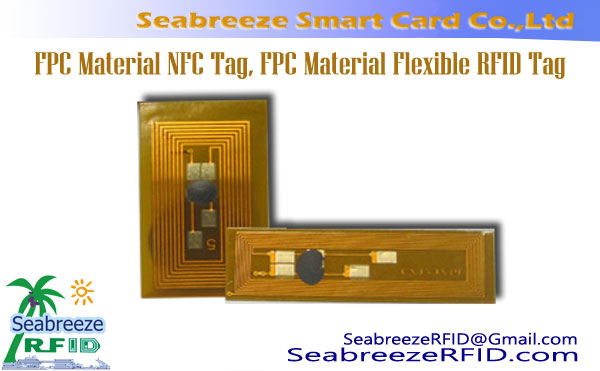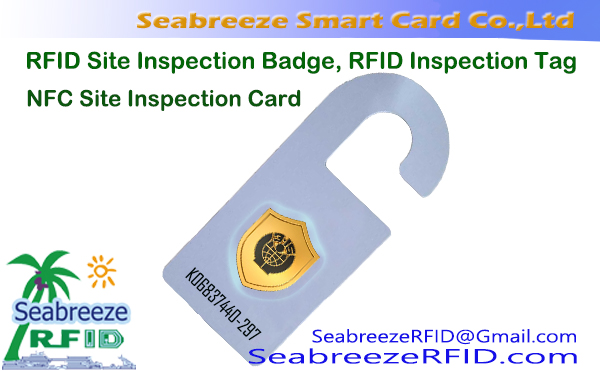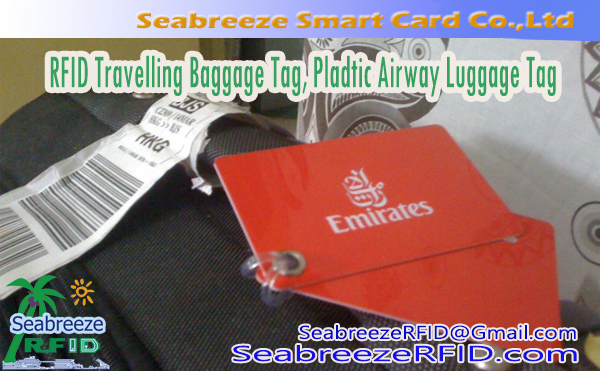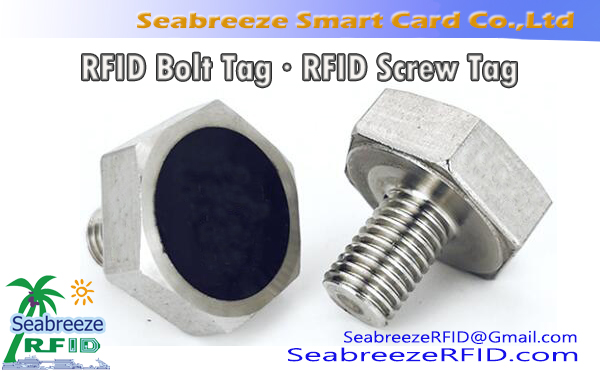Commonly lo ërún: julọ 203, julọ 213, julọ 215, NTAG216, FM11RF08, Ultralight, Ultralight C, Mo koodu SLI-X, Desfire 4K / 8K,ati be be lo.
igbohunsafẹfẹ ibiti o: 13.0MHz ~ 14.5MHz
Protocol bošewa: ISO / IEC14443-A, ISO15693
Memory: ni ibamu si awọn ërún
Commonly lo iwọn: 4× 12mm, 5× 12mm, 9× 17mm, 10× 10mm, 8× 16mm, Φ6mm, Φ8mm, Φ10mm, ati be be lo. le ti adani
sisanra: 0.15~ 0.25mm
Sisanra pẹlu lẹ pọ: 1.0~ 1.3mm
sobusitireti awọn ohun elo ti: Pet, PI,ati be be lo
eriali ọna ẹrọ: Ejò etching + bar
encapsulation ilana: COB
dada awọn ohun elo ti: FPC
irisi awọn ẹya ara ẹrọ: rọ aami
ṣiṣẹ mode: R / W
Ka / kọ ibiti o: 1~ 6cm
Ka / kọ igba: 100000 igba
ṣiṣẹ otutu: -25℃ ~ + 95 ℃
Ibi otutu: 0℃ ~ + 25 ℃
The HBN-F series FPC material RFID (NFC) tag is an electronic tag made from a flexible printed circuit board. The biggest difference between it and the rigid PCB material is that it is light, thin, soft, and can be bent. nitorina, it is more suitable for occasions where daily bending is likely to occur.

Main ẹya-ara
Lightweight and convenient, soft
Agbara kika EEPROM igbẹkẹle ati oludari kikọ
Awọn ohun elo
It can be used for small-size product asset management, wearable devices NFC tags, NFC rings, toy electronic tags, cameras, drugs and other security tags, wiwọle Iṣakoso, hotel door locks, awujo isakoso, subway tickets / city bus, highway toll system, Consumer system, membership management system, campus library, student ID, idanimọ, payment, ati be be lo.
NFC application: control alarm clock, night mode, WIFI, ring volume, Bluetooth pairing, aabo, anti-fake, startup, ati be be lo.
































































































 Fung
Fung
 Alabojuto nkan tita
Alabojuto nkan tita